Top Reasons Italy Industries Choose Pallet Inverters for Ergonomic Handling in Boutique Production Plants
Your production line is a work of art. Every step is optimized, every material carefully chosen. But then it reaches the final stage: packaging and shipping. Here, workers are manually lifting heavy boxes, moving them from one pallet to another. This process is slow, creates a safety hazard, and risks damaging the very products you've worked so hard to create. This final, often overlooked, step can become a major bottleneck, silently eroding your efficiency and profits. Imagine if you could make this final handling stage as safe, efficient, and careful as the rest of your production process.
Italian boutique industries choose pallet inverters for a few key reasons. They prioritize enhanced worker safety and ergonomics, which is crucial. They also need to protect high-value, delicate products during handling. Finally, pallet inverters bring significant improvements in operational efficiency, especially within the space-constrained environments common in these specialized plants.
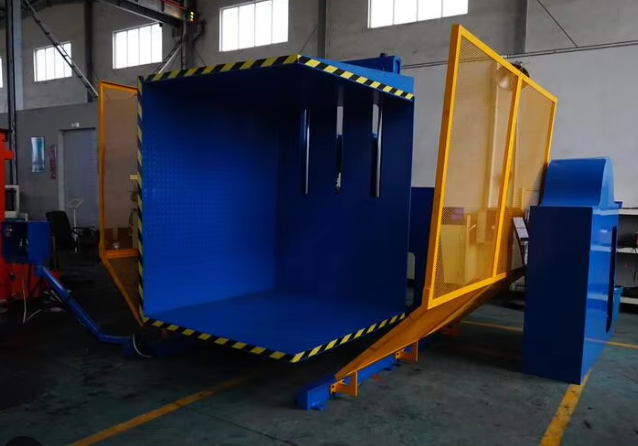
These reasons might seem specific to the high-end workshops of Italy, but the fundamental principles are universal. The core needs for safety, product protection, and efficiency are the same everywhere. They matter in a family-owned vineyard in Tuscany, a high-fashion leather goods factory in Milan, and even in a large-scale steel mill in Mexico. The challenges of manual handling do not change, only the scale does. Let's explore how these benefits translate into real-world value for any industry that takes its operations seriously.
How do pallet inverters drastically improve worker safety and ergonomics?
Think about the most common injuries on a factory floor. Strains, sprains, and chronic back pain from repetitive lifting are always near the top of the list. These injuries are not just painful for the employee; they are incredibly costly for the company. You face medical bills, lost workdays, and the difficult task of finding and training a replacement. The ripple effect on team morale and productivity is huge. What if you could nearly eliminate one of the biggest causes of these injuries with a single piece of equipment?
A pallet inverter drastically improves safety by mechanizing the heavy, awkward task of lifting and turning loads. The machine securely clamps the entire palletized load, rotates it, and allows for the easy exchange of the bottom pallet. This completely removes the need for workers to manually lift and restack individual items, which is the primary cause of musculoskeletal injuries in logistics and packaging departments.
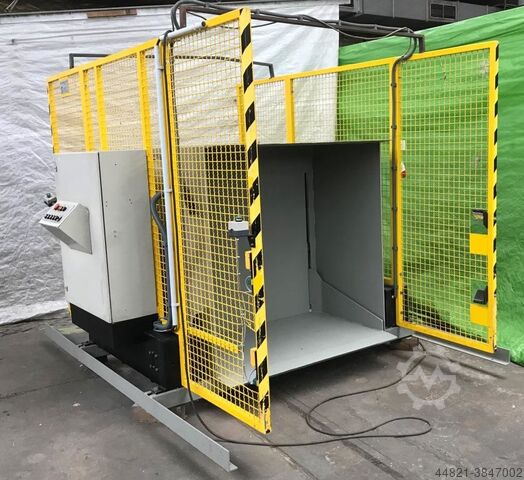
The Real Cost of Manual Handling
When we talk about costs, it's easy to focus on the direct expenses. A workers' compensation claim is a clear line item on a budget. But the indirect costs are often much larger and more damaging. When an experienced worker is out, their knowledge and efficiency are gone. The team slows down. Overtime costs might go up to cover the gap. A replacement needs to be trained, which takes time and resources away from supervisors. More importantly, seeing a colleague get hurt impacts everyone's morale. It creates a culture of fear and caution, which is the enemy of productivity. A pallet inverter is not an expense; it is a direct investment in your people and your operational stability. It’s a proactive measure that prevents these costs from ever appearing.
| Metric | Manual Pallet Swapping | Pallet Inverter Swapping |
|---|---|---|
| Physical Strain | High (Repetitive bending, lifting) | Minimal (Push-button operation) |
| Risk of Injury | High (Back, shoulder, wrist injuries) | Very Low |
| Time per Pallet | 15-25 minutes | 1-2 minutes |
| Personnel Required | 2-3 workers | 1 operator |
| Morale Impact | Negative (Strenuous, monotonous work) | Positive (Focus on skilled tasks) |
My Journey with Safety
I wasn't always a factory owner. I started my career on the factory floor as an engineer. I remember one of my first jobs involved working alongside the packaging line. I saw firsthand how physically demanding the work was. One day, a close colleague, a man who had worked at the factory for over 20 years, injured his back while restacking a pallet of steel wire. He was trying to meet a tight shipping deadline. The injury was serious, and he never returned to the same role. Seeing that happen changed my perspective forever. It’s not just about business and numbers. It’s about people. When I started SHJLPACK, I made a promise to myself that my designs would always put the operator's safety first. An investment in ergonomics is an investment in the long-term health of your team and your company.
Why are pallet inverters essential for protecting high-value products?
You have spent weeks, maybe months, perfecting your product. Whether it's a batch of artisanal cheese, a shipment of fragile electronics, or a coil of high-grade steel, you have invested significant resources into ensuring its quality. Then, in the final moments before it ships, it gets damaged. A box is dropped during manual restacking. A corner is crushed. A sensitive surface is scratched. This is not just frustrating; it's a direct loss of profit and can even damage your reputation with the customer.
Pallet inverters are essential for protecting high-value goods because they offer a gentle, highly controlled method for transferring entire loads. Instead of manual handling, the machine uses hydraulic or electric power to securely clamp the product stack. It then smoothly rotates the load, minimizing shocks, vibrations, and compression. This process prevents the types of damage that are common during manual restacking or when using less sophisticated equipment like pallet flippers. It ensures your product reaches its destination in the same perfect condition it left your production line.
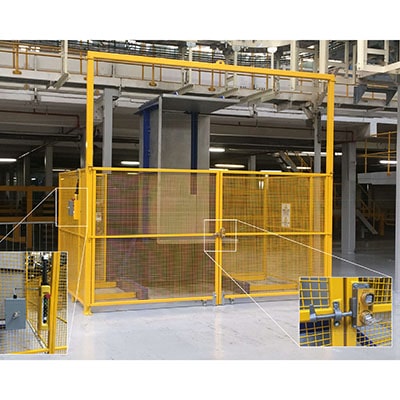
The Principle of Value Protection
The logic applies across industries. Think of a boutique Italian winery. They cannot afford to have a single bottle of an expensive vintage break because of rough handling. The loss is immense. Now, think of a modern steel mill producing specialized steel for the automotive industry. A single scratch or dent on a coil can render it useless for a high-precision stamping press. The customer will reject it. The value proposition of the pallet inverter is the same in both cases: it protects the value that has been created. It’s an insurance policy against preventable damage. By securing the entire load before rotation, the inverter maintains the integrity of the stack. Boxes don't shift, bags don't tear, and sensitive surfaces are not touched.
More Than Just Damage Control
The benefits of this controlled handling go beyond simply preventing breakage. It also enhances quality control. For many products, especially in the food and pharmaceutical industries, you need to inspect the bottom of the load or retrieve samples. Manually unstacking a pallet to do this is inefficient and risks contamination. A pallet inverter allows you to access the bottom layer in seconds. You can also easily switch from a standard wooden pallet, often used in-house, to a sanitized plastic or aluminum pallet required for cleanroom environments or for export. This simple swap can be a critical step in meeting regulatory compliance and customer requirements.
| Industry | Common Product | Handling Risk without Inverter | How Inverter Solves It |
|---|---|---|---|
| Food & Beverage | Bottled wine, bagged goods | Breakage, crushing, contamination | Gentle rotation, easy pallet swap to hygienic plastic |
| Pharmaceuticals | Vials, boxed medicine | Damage to sensitive packaging, hygiene | Controlled pressure, allows for sterile pallet transfer |
| Electronics | Assembled components | Shock damage, static discharge | Smooth, shock-free movement, use of ESD-safe pallets |
| Steel & Metals | Coated steel coils, wire | Scratches, dents, coil telescoping | Secure clamping, maintains coil integrity |
How can pallet inverters boost efficiency in space-constrained plants?
Walk onto the floor of any busy production plant, especially a specialized "boutique" one. What do you see? Every square meter is precious. Space is dedicated to production machinery, raw materials, or finished goods. There is no room to waste. Now, picture the process of manually swapping a pallet. It requires a large, open area where two or three workers can break down a full pallet and restack it onto a new one. This process not only consumes valuable floor space but also takes a significant amount of time, creating a bottleneck that slows down your entire logistics flow.
In space-constrained plants, pallet inverters are a game-changer for efficiency. They consolidate the entire pallet exchange process into a single, compact machine footprint. This immediately eliminates the need for a wide-open area for manual restacking. The space you save can be repurposed for more valuable activities, like adding another production step or increasing storage capacity. The entire operation happens in one spot, quickly and efficiently.
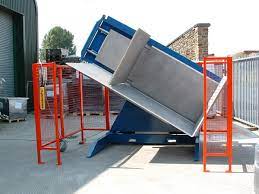
Optimizing Footprint and Flow
Let's look at the numbers. A manual pallet swap might require an open area of 8 to 10 square meters to give workers enough room to maneuver safely. A standard pallet inverter, on the other hand, can occupy as little as 4 to 5 square meters. This is a 50% reduction in a fixed footprint. But the real gain is in throughput. That manual swap can take two workers 15 minutes to complete. A single operator using a pallet inverter can do the same job in under 90 seconds. Over an eight-hour shift, the difference is massive. The manual team might handle 20-30 pallets. The pallet inverter can process over 200. This dramatic increase in speed eliminates shipping delays and allows you to move products out the door much faster. This directly improves your capacity utilization, a key goal for any smart operator.
Integrating for the Future
For a forward-thinking leader, a machine must do more than just solve today's problem. It must fit into tomorrow's vision. This is where modern pallet inverters truly shine. They are not just standalone units; they are designed for integration. They can be placed at the end of a production line and fed by automated conveyors. They can work in tandem with Automated Guided Vehicles (AGVs) that transport pallets to and from the machine. Most importantly, they can be connected to your Manufacturing Execution System (MES) or Warehouse Management System (WMS). This connectivity is the foundation of a smart factory. You can track every pallet swap, monitor cycle times, and schedule maintenance proactively. This is a key step in achieving the total production visibility needed for true digital transformation. It turns a simple mechanical task into a valuable data point for optimizing your entire operation.
Beyond the Machine: Why a Strategic Partner is More Valuable Than a Supplier
It's easy to buy a machine. You can go online, find the cheapest option, and click "purchase." The equipment arrives in a crate, and you are left to figure it out. But what happens when it doesn't quite fit your unique workflow? What do you do when a critical part fails and your production line grinds to a halt? Suddenly, that cheap machine becomes a very expensive problem. A supplier sells you a product. A strategic partner helps you find a solution.
A strategic partner is far more valuable than a simple supplier because they provide a total solution that extends well beyond the physical equipment. This partnership starts with an expert consultation to identify the right machine for your specific needs, not just the one they want to sell. It includes seamless integration into your existing line, comprehensive training for your operators, and reliable, long-term support to ensure you get the maximum return on your investment and maintain operational stability for years to come.
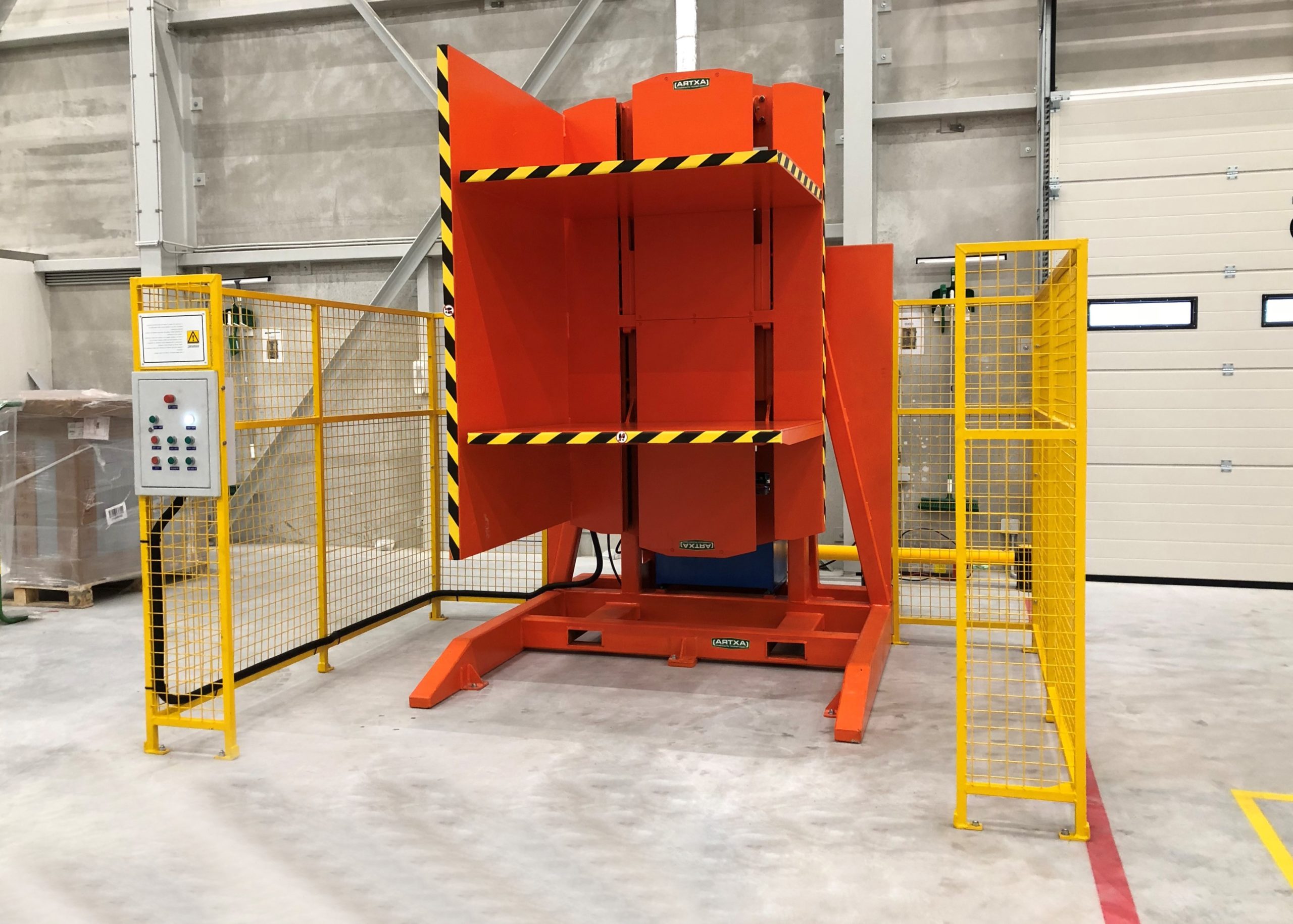
The Power of a Real Consultation
When a potential client contacts me at SHJLPACK, my first goal isn't to sell them a pallet inverter. It's to understand their problem. I ask questions. What are you moving? How much does it weigh? What are the dimensions? What kind of pallets are you using? What are your throughput goals? What are your biggest pain points right now? This is the most critical stage. Often, a client thinks they need one type of machine, but after we discuss their entire process, we discover that a different model or a custom configuration would be far more effective. A supplier takes an order. A partner diagnoses the problem. This is the foundation of a successful project. I built my business by helping clients grow theirs, and that starts with giving honest, expert advice, even if it means recommending a simpler solution.
Ensuring Success from Day One and Beyond
The value of a partnership truly shows after the sale. Proper installation and commissioning are not trivial. A machine that is not installed and calibrated correctly will never perform at its peak. It will be inefficient and potentially unsafe. We ensure our equipment is set up perfectly and that your operators are thoroughly trained on how to use it safely and efficiently. I’ve seen companies buy a machine from a supplier who disappears after the check clears. Six months later, the machine is gathering dust in a corner because no one knows how to use it or a small part has failed and they can't get support. That's a complete waste of capital. A partner stands by their work. We provide clear maintenance schedules, offer advice on predictive maintenance to prevent downtime, and have a team ready to help if an issue arises.
My goal, and the mission of SHJLPACK, is to build relationships, not just a customer list. My journey from a factory employee to a business owner was possible because of the packaging industry. Now, I want to give back by sharing that knowledge. A strategic partner is someone you can call for advice, someone who understands your business and wants to help you succeed. This is the difference that turns a capital expenditure into a long-term competitive advantage.
Conclusion
A pallet inverter is more than a machine; it's a strategic tool for safety, quality, and efficiency. Choosing the right partner makes all the difference in your success.


